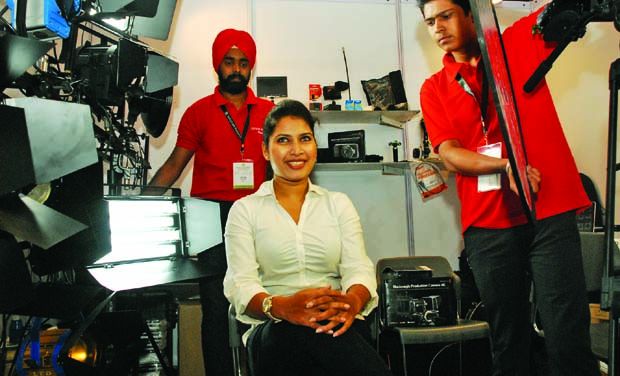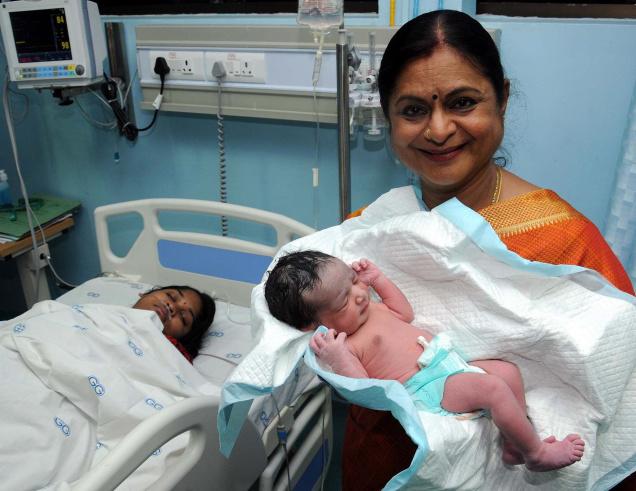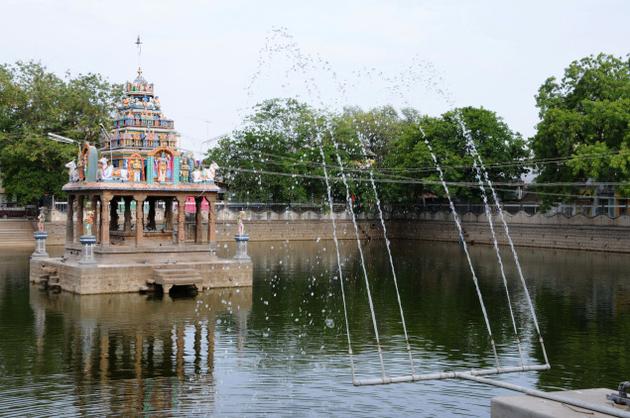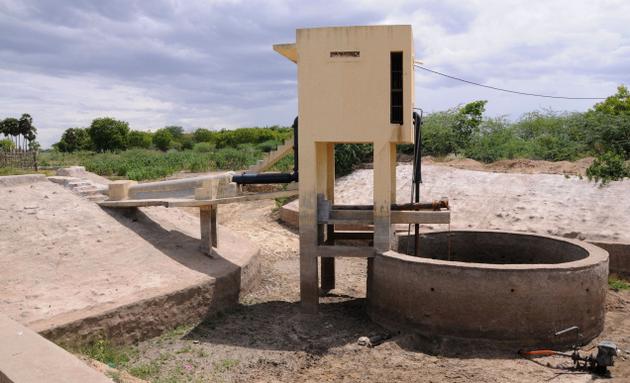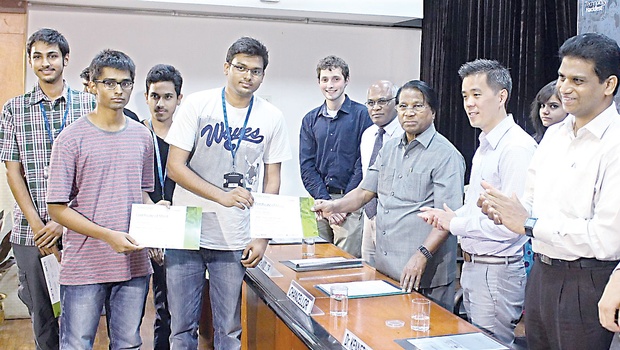
Vellore :
The US-based Massachusetts Institute of Technology (MIT) and VIT University here have joined hands to set up what they say is the first-of-its-kind incubator facility at VIT, to promote innovations by the student community.
This was disclosed by Dr Kenneth Eugine Paik, director of Sana, a volunteer organisation.
He was here to take part in the ‘Makeathon 2014’ organised jointly by the MIT and VIT on its campus since Saturday last.
Speaking to Express on Monday, Paik said, “This is first-its-kind facility that we would be setting up in India with an emphasis on capacity-building of the students to convert their ideas into business models and later patenting them also. This way we would be channelising the interest of students to the betterment of the community,” he further said. The MIT team would help as patrons and mentors for the students. An MoU would also be signed between the two universities in this regard, he added.
Paik and his colleagues from MIT and University of California have been camping at VIT, to judge the ‘Makeathon 2014’ in which around 450 students had participated.
VIT Vice-Chancellor Dr V Raju said that 34 judges and 47 mentors were involved in the selection of the best prototypes of products developed by the students in 36 hours of non-stop work. A total of 28 teams had worked on healthcare, 18 on automation, 21 on energy and 10 on media science-related products. According to him, the programme was the brainchild of the creation lab that has been set up at VIT to encourage students to find simple solutions to compelling problems affecting society. VIT vice-president Sekar Viswanathan, while handing over prizes to the winning teams at a function held on Monday, said, “We need to encourage students to think freely. The traditional education system did not do this. Universities must promote free thinking by the students and VIT had already taken a lead in this direction.”
VIT Chancellor G Viswanthan, while appreciating the students’ efforts, said VITA had been a trend setter and the Fully Flexible Credit System (FFCS) that was introduced by VIT four years ago was being introduced by IIT- Khargpur this year.
Jay Patravali, a third year student of VIT, who had received an award at the Makeathon for developing software to enable robots communicate was upbeat with his idea. He said this software would have wide application in healthcare sector to help a surgeon to perform a surgery with the help of robots.
Sankalp and his team received an award for developing a low-cost Braille printer using any language.
Omkar and his team had developed a cranking portable mobilephone charger while Junwar and his team were awarded for developing an acupressure pad that could activate particular organs in the body.
The selected teams would also be participating in a ‘hackathon’ that is to be organised by Honeywell next month.
source: http://www.newindianexpress.com / The New Indian Express / Home> States> Tamil Nadu / by V NarayanaMurthi / July 30th, 2014
